► First mainstream hybrid from McLaren
► Replaces the 570S, costs £182,500
► 19-mile electric range, a combined 671bhp
Unhelpfully, McLaren’s radical Artura doesn’t look all that radical. But look past the neat, P1-meets-570S-meets-720S styling and see this supercar for what it is: the vanguard of a new high-performance hybrid era and a defining car for McLaren, one that marks the end of its first chapter (defined by that old twin-turbo V8) and the first of a new generation of cars, all of which will be electrified.
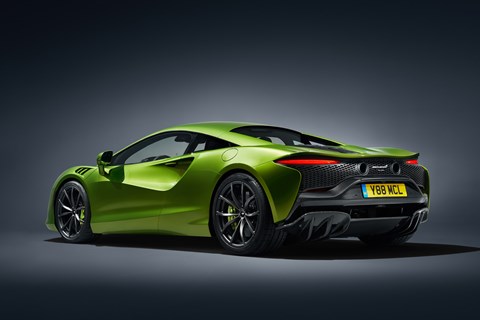
What’s more, this car will serve as proof of concept for what many now acknowledge – unofficially (Ferrari) and officially (Aston Martin) – as the blueprint for the supercar in the 2020s, namely a compact and powerful turbo V6 engine mated to a modest battery and an electric motor. The holy grail is increased performance with slashed emissions and a newfound social acceptance. But with inevitable additional weight and complexity, it could all go horribly wrong.
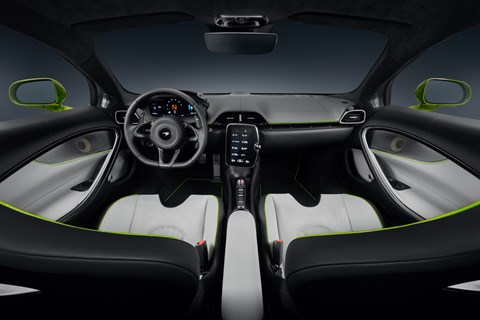
All-new, you say?
Indeed, though McLaren hasn’t torn up its identity in the process of adopting hybrid power. So, while the car uses a light but stiff carbonfibre tub, as every McLaren since the F1 has, the Artura’s is of an all-new design, and shrink-wrapped around the extraordinarily compact hybrid powertrain.
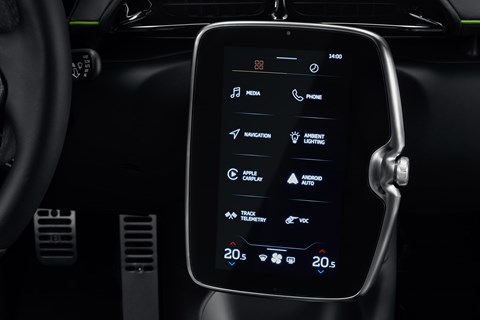
There are plenty more McLaren trademarks here too, including dihedral doors, an uncluttered and purposeful cockpit (with an all-new infotainment system and drive mode interface), feelsome electro-hydraulic power steering, deadly serious ceramic brakes, performance-orientated suspension (with adaptive dampers) and a focus on the driving experience.
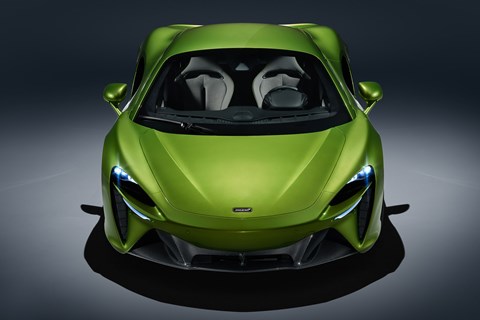
While the Artura features some contemporary assist systems, such as active cruise, it stops short of ‘lazy’ features like active lane-keep assist. There’s also no head-up display, because they’re bulky to package and, McLaren insists, a barrier to total immersion in the driving experience.
Is the hybrid bit good news?
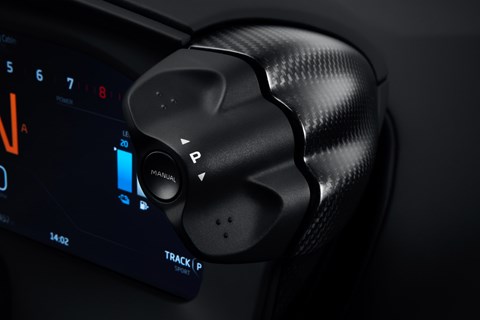
If you admired McLaren’s old twin-turbo V8 but never warmed to either its voice or its methods, the Artura looks like good news. It debuts McLaren’s first series-production hybrid powertrain – the P1 and Speedtail were Ultimate Series cars and used an entirely different system.
There’s an all-new twin-turbo V6 engine with a wide-open vee angle, a 7.4kWh lithium-ion battery in support and a compact, 94bhp axial-flux e-motor embedded neatly within the new, eight-speed, twin-clutch gearbox.

The system offers serious power and torque (the 671bhp system total is well clear of the 570S, the car the Artura effectively kills off, and not far off the ferocious 720S), the ability to run silently on e-power alone and an ultra-sharp throttle response, thanks to the e-motor’s ability to instantly shove you in the back even even when the V6 is off-boost or off-cam.
Though the new powertrain is heavier than the old non-hybrid V8, it’s not by much. The V6 is 40kg lighter than the V8 and the hybrid system (including the 88kg battery and 15.4kg e-motor) brings a combined 130kg, for a net 90kg penalty.

Performance is more hypercar than supercar: 0-62mph in 3.0sec (0.2sec faster than the 570S), 0-124mph in 8.3sec (more than a second quicker than the 570S), 205mph and, on the flipside, that 19-mile e-only range and some outlandishly good economy and CO2 figures.
The McLaren is also resolutely rear-driven, unlike the triple-motor Ferrari SF90 or Honda NSX. So, where those cars can offer all-wheel drive and positive front-axle torque manipulation, the Artura cannot. But the McLaren’s lighter, purer, and somehow more McLaren.

For more on the Artura check out the April 2021 issue of CAR magazine, on sale 10 March.